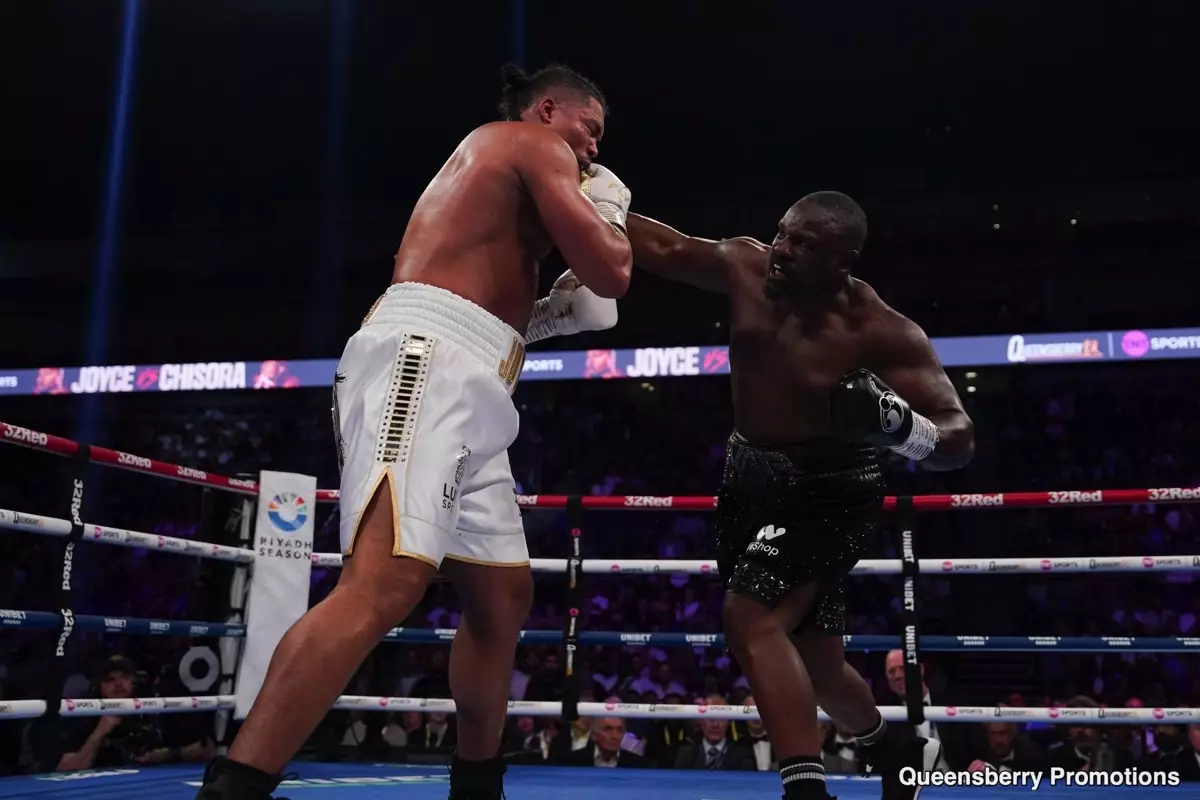The world of professional boxing has long been associated with youth and vigor. Historically, fighters in their 30s have often been viewed as being on the decline, especially as they approach the milestone of 40. However, in today’s heavyweight division, the narrative appears to be shifting. A new wave of fighters—some on the verge of, or past the age of 40—seems to defy the odds, showcasing that age is not always a barrier to competing at an elite level. Prominent figures like Deontay Wilder, Joe Joyce, Kubrat Pulev, and Derek Chisora exemplify this trend. Their ongoing participation in high-profile matches raises pertinent questions about longevity, the decision to retire, and the evolving landscape of the sport.
In decades past, reaching the age of 40 often marked the end of a boxer’s prime career. Yet, several heavyweights today continue to engage in bouts that draw significant attention. Deontay Wilder, for instance, entertained notions of a comeback this April, keeping fans eagerly waiting for an official announcement. This impending return is not merely a reflection of the fighter’s resilience but also highlights the lucrative nature of heavyweight bouts—their ability to draw spectators and revenue remains strong, even for seasoned fighters.
Moreover, the battle to accept retirement often plays out publicly in the lives of these fighters. For many, the allure of glory and the substantial financial rewards keep them in the ring longer than what might seem logical. As we look toward upcoming fights, one can’t help but ponder the motivations behind continuing to fight. The upcoming bout between Chisora and Otto Wallin showcases yet another veteran looking to solidify his legacy, further emphasizing the ongoing debates surrounding age and ability in boxing.
As the boxing calendar unfolds in 2025, anticipation builds around the slated matches for these heavyweight veterans. Joe Joyce’s return to the ring on March 1 poses intriguing possibilities. Following a heated contest with Chisora last summer, Joyce’s next opponent—yet to be revealed—is crucial. A mismatch could lead to a swift decline in his already fragile career; conversely, a formidable opponent could reignite his standing in the division and excite fans.
Amid these storylines, one cannot overlook the financial incentives driving these fighters. The boxing industry is still replete with opportunities; the raw draw of big names such as Wilder and Joyce essentially guarantees matchups that can fill arenas and keep pay-per-view registers ringing. The market dynamics foster a particular kind of environment, fueling the continuation of careers that might otherwise have ended.
We are now at a point where the sport’s veteran fighters are not just remnants of what was once a vibrant prime; they represent a tradition of endurance and adaptation. Take the case of 59-year-old Oliver McCall, who manages to maintain relevance in a sport that often discards older fighters. Each bout featuring these individuals is not just a match; it becomes a narrative of resilience, adaptability, and sometimes desperation. Collectively, they bring a history that adds layers to every fight, be it an anticipated clash or a mere showcase of past glories.
Looking ahead toward 2025 and beyond, the heavyweight division may refine its approach to fighters that have seemingly transcended the conventional timeline for retirement. It is increasingly evident that fans possess a fascination with these matches, an admiration for the heavyweights who continue to pursue their passion for boxing despite the inevitability of age. If Wilder, McCall, Joyce, Chisora, and Pulev all manage to secure victories this year, it could pave the way for yet another chapter in heavyweight boxing history—one where age serves as merely a number and not an automatic disqualifier from elite competition.
As these heavyweight veterans gear up for their upcoming fights, the intersection of age, skill, and financial viability continues to redefine expectations. Each determined fighter stands as a testament to the enduring appeal of boxing—an art that marries strength and strategy, regardless of the advancing years. The future remains uncertain, but one thing is clear: the spirit of competition knows no age limit, and fans will be watching closely as these warriors continue to brave the ring.


Leave a Reply